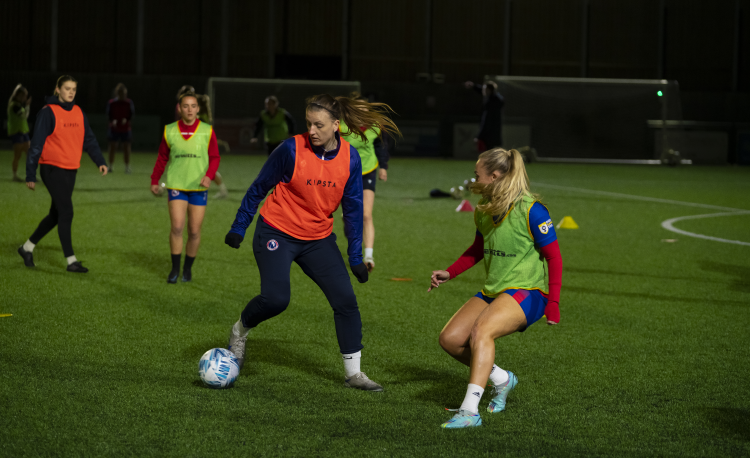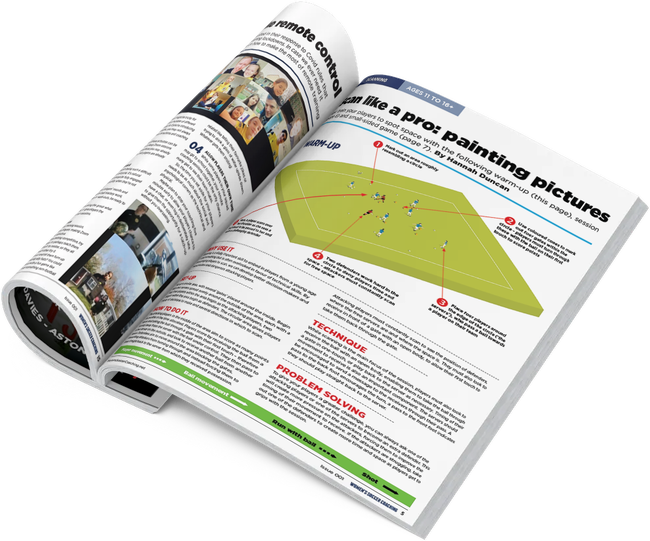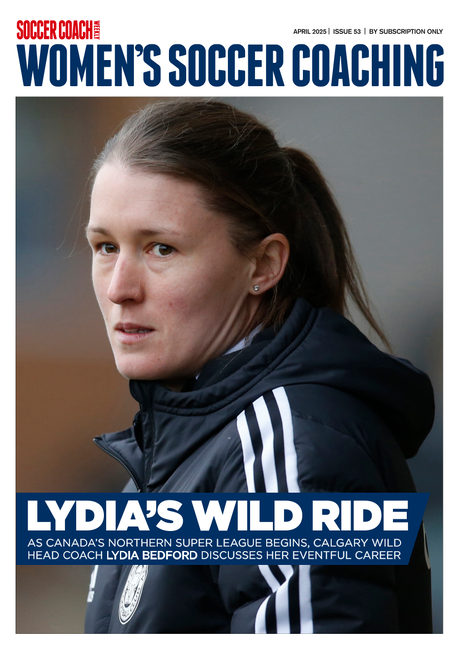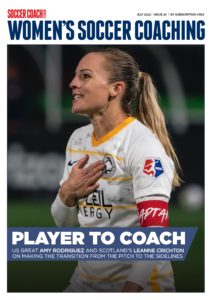You are viewing
1 of your 3 free articles
Why underloads and overloads are crucial
Exploiting a numerical advantage can be key in games, writes Debbie Barry.
Underloads and overloads are terms used in soccer to describe imbalances in numbers in a given area of the pitch.
An underload occurs when there are fewer players from one team compared to the opposition, thereby creating a numerical disadvantage. An overload is a numerical advantage and puts a team in a good position to dominate possession.
In either case, it is up to the coaching staff and players to recognise and adjust to the situation, either by shifting players to restore balance, in the case of an underload, or by taking advantage of the numerical advantage when presented with an overload.
The effective use of underloads and overloads can have a big impact on the outcome of a game.
Planning these moments during sessions can be beneficial in several ways. From a technical and tactical perspective, training with these conditions allows players to work on situations they will face in matches.
Practising playing with an underload can help players develop better ball control and decision-making skills, while using an overload can help them work on quick passing and movement off the ball.
From a physical perspective, players improve their fitness, as both situations require them to work harder and make more decisions in a shorter amount of time. This can also help to improve their speed and agility, as they need to react quickly to changes in the game.
From a social and psychological perspective, team cohesion will develop as well as better communication skills.
Below are five examples of how we can use overloads/underloads in our sessions:
1. Underload in defence: A team defending with an underload, e.g. a 2v3, must work together to cover more ground and prevent the attackers from scoring.
This will lead to improved defensive organisation and better understanding of defensive responsibilities.
2. Overload in midfield: Where a team practices attacking with an overload in midfield, e.g. 4v3, it will help midfielders to work on their quick passing and movement off the ball, as they have more players to combine with and dominate possession.
This improves attacking fluidity and creativity while working on a specific formation such as a diamond shape in midfield.
“A team defending with an underload, e.g. 2v3, must work together to cover more ground...”
3. Overload in attack: A team practising with an overload to mimic a counter-attack will help players attack with pace and exploit space while being clinical with their finishing.
4. Overload in defence: Playing out from the back to build the attack will involve excellent positioning and movement from the players. This could involve the full-backs inverting or a defensive midfielder dropping deeper to receive to play forward.
5. Underload in midfield: This is all about disrupting and pressing as a midfield three against opponents who play with four players in midfield. It will help players with their positioning in a unit as well as their decision-making to know when to intercept or when to deny space.
Overloads and underloads are important tactical concepts that can happen anywhere on the pitch.
Planning for these specific moments in sessions can be beneficial in several ways, helping to develop players holistically. It allows them to work on specific skills and strategies they will face in actual games, improves their fitness and develops team cohesion and communication.
As a coach, it is important to create not only an excellent environment for players to develop but also enough challenge within the practice design to aid their learning.
By putting our players in game-realistic situations often, such as overload/underload practices, our players will become more creative and be better decision-makers.
Related Files
Newsletter Sign Up
Newsletter Sign Up
Discover the simple way to become a more effective, more successful soccer coach
In a recent survey 89% of subscribers said Women's Soccer Coaching makes them more confident, 91% said Women's Soccer Coaching makes them a more effective coach and 93% said Women's Soccer Coaching makes them more inspired.
*includes 3 coaching manuals
Get Inspired
All the latest techniques and approaches
Women's Soccer Coaching offers proven and easy to use soccer drills, coaching sessions, practice plans, small-sided games, warm-ups, training tips and advice.
We've been at the cutting edge of soccer coaching since we launched Soccer Coach Weekly in 2007, creating resources for the grassroots youth coach, following best practice from around the world and insights from the professional game.








